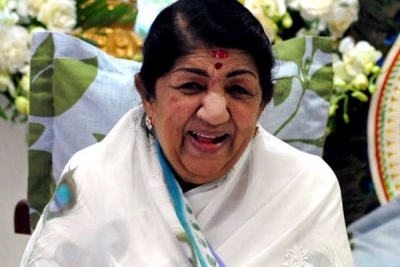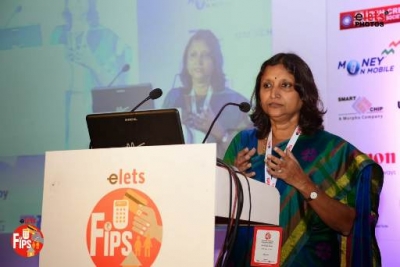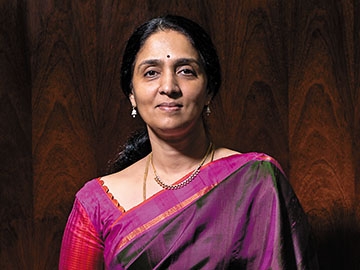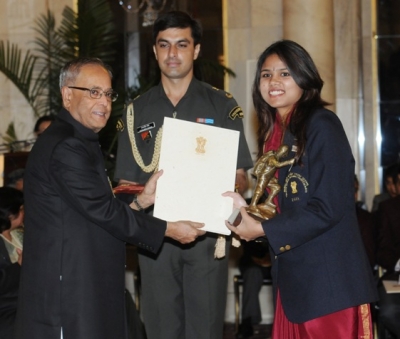Why is Rani Lakshmi Bai known as the Joan of Arc of the Indian freedom struggle?
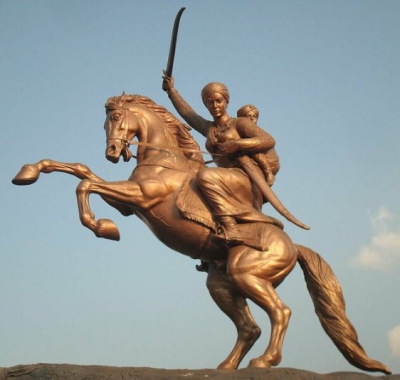
At the age of fourteen, Lakshmi Bai was married to Gangadhar Rao, the Raja of Jhansi. When Gangadhar Rao died, Lord Dalhousie, the then Governor-General, ordered the Rani to hand over the state to the British. “I will not give my Jhansi”, said Lakshmi Bai. Jhansi witnessed an uprising against the British on June 5, 1857.
The Rani was an inspirational leader and the people fought for her. She bravely proclaimed that her reign had begun.
However, the British forces led by Sir Hugh Rose laid siege to Jhansi. The Rani defended Jhansi with all her might, but the British broke through. She escaped with a band of soldiers and joined other revolutionary leaders at Kalpi. They took Gwalior as the Rani fought in a man’s dress at the head of fifty horse-men. She died heroically while defending Gwalior against the British.
Picture Credit : Google
